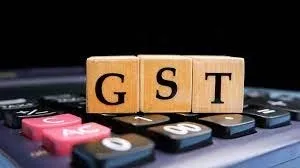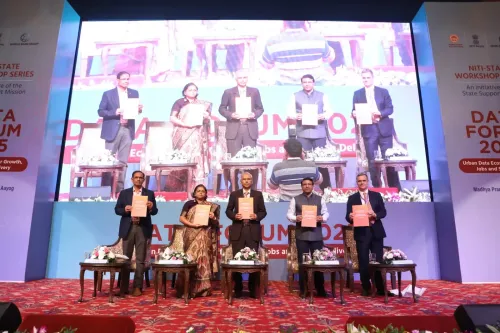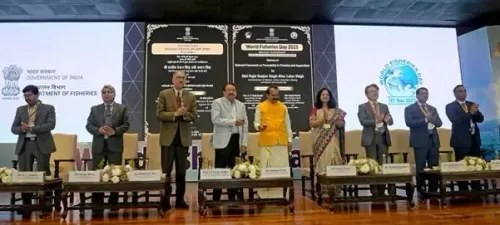Could Incentives for Exporters and Monetary Easing Drive Structural Reforms in India?

Synopsis
Key Takeaways
- Fiscal incentives are crucial for boosting exports.
- Monetary easing could stimulate economic demand.
- Structural reforms are necessary for a better business environment.
- GST rate cuts may enhance consumer spending.
- US tariffs pose challenges for Indian exports.
New Delhi, Aug 19 (NationPress) A recent report emphasizes the necessity for the government to introduce fiscal incentives for exporters, implement monetary easing through interest rate reductions, and pursue structural reforms in order to maximize the benefits of the upcoming GST rate adjustments.
Key recommendations include expediting the India-EU trade agreement, reducing import tariffs on intermediate goods, and actively encouraging foreign direct investment (FDI), particularly from China, as suggested by a report from HSBC Global Investment Research.
On the domestic front, the research firm advocates for a more business-friendly regulatory environment across states, the implementation of the four labor codes, and an increase in disinvestment efforts.
Addressing concerns regarding who will bear the cost of the GST tax rate reductions, the report states, "We may need to wait a little longer to determine whether the clouds are lifting or merely shifting. Meanwhile, it would benefit India to establish a growth strategy that includes fiscal support (incentives for exporters), monetary easing, and structural reforms."
The central government has proposed significant GST reforms, including a reduction in rates for various products, likely moving most items from the 12% and 28% categories to the 5% and 18% categories.
“Immediate tax reductions could stimulate demand across multiple sectors - such as food, beverages, consumer goods, automobiles, hospitality, cement, and construction materials,” the research firm forecasts.
"Should US tariffs on India be decreased, the GDP growth impediment could lessen as well. If the growth outlook improves, it may be easier to manage the short-term challenges related to funding the GST rate cuts. Maintaining fiscal discipline, even with GST reductions, would uphold the S&P projections that led to India's ratings upgrade," the report concludes.
The US government has imposed a 50% duty on Indian exports starting August 27, with the US representing about 20% of India's overall exports. However, one-third of these exports are exempt from tariffs.
Following a positive outlook revision last year, S&P Global Ratings upgraded India's long-term sovereign credit rating from BBB- to BBB and its short-term rating from 'A-3' to 'A-2'. "This upgrade could not only enhance sentiment but also reduce risk premiums and borrowing costs within the economy," the HSBC report states.









